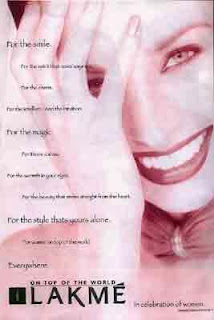
A very basic but useful a priori demographic segmenting variable is age. People often seek different features or benefits depending upon their age (and, relatedly, their family life-cycle stage). Consequently, people in different age groups often differ in which brands they prefer within a product category, and it is sometimes possible to target particular brands at particular age groups. Researchers have found that a person’s “cognitive age” is a much better predictor of purchase patterns than “actual” (chronological) age. For instance, a forty-year-old man may still feel as if he was in his thirties, in terms of interests and activities. Therefore, it is useful to learn as much as possible about prospective target segments.
The questions you should be asking yourselves are:
What kinds of products and services will your target age group want to buy, what kinds of features will they seek, what kinds of advertising appeals and personalities will they be most responsive to?
The answers to the above will give you a fair amount of insight into the designing of your offering to the particular age group.
For example, the advertisements for cosmetics will invariably show a young woman even if it aims at marketing at all the age group. ‘I am a Complan girl”, is an advertisement focused at the young teens & adolescents, where as an advertisement about liquor is about a matured age group.
So segments of different age groups often need different advertising approaches, both in terms of message and execution. Some advertisers argue that today’s teenagers, used to rapidly edited music videos, also need ads with such quick-cut, “jazzy” shots’ to have any hope of appearing “cool”. Both young children (under age five), and elderly (over sixty-five) consumers have special needs in the way information is communicated to them, because of differences in the way they process information compared to other consumers.
Be the first to comment on "Age As A Basis for Demographic Segmentation"